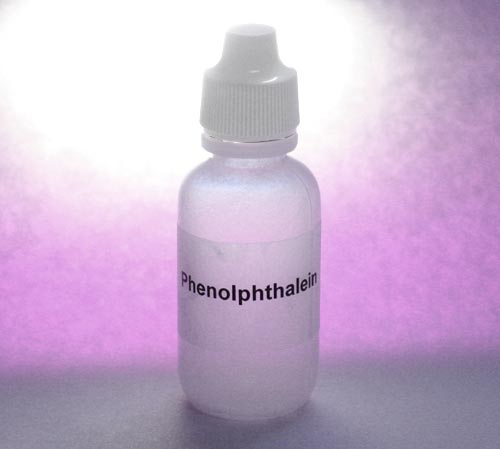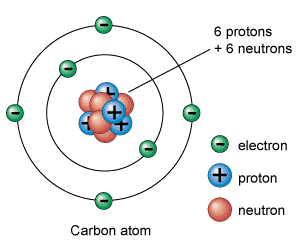Acid & Bases
Interesting Lessons
2P01
- We are focusing mainly on finding out properties of acids, bases and neutral solutions
- We are also focusing of the different tests for pH
Litmus Paper
A way to estimate roughly the pH of the solution or liquid, or gas. As the litmus paper turns red, it shows that the pH is below of 4.5, while when it turns blue it is above 8.3 pH. It is not very accurate.
Methyl Orange
Phenolphthalein
. Phenolphthalein turns pink when the pH goes above 8.2.
Phenolphthalein is used in toys, for example as a component of disappearing inks, or disappearing dye on the Hollywood barbie doll hair dye.
2P02
Important things learnt are things such as- Testing for the presence of Hydrogen, insert a lighted splint into a test tube containing gas, if the lighted-splint is extinguished with a 'pop' sound, Hydrogen is present.
- You can test the acidity of gas using a litmus paper wet with deionized water.
- Learnt some examples of the word equations e.g. magnesium + hydrochloric acid = magnesium chloride + hydrogen
- And when acid + metal = salt + hydrogen

2P03
Important things learnt are things such as- When a carbonate is added to an acid, effervescence occurs
- Damp blue litmus paper turned red and the damp red litmus paper remained blue
- Acid + Carbonate - Salt + Water + Carbon Dioxide
- To test for carbon dioxide, bubble the gas through calcium hydroxide (limewater), and if a white precipitate is formed, the gas is a carbon dioxie
- Carbon Dioxide is Acidic

2P04
Important things learnt are things such as- To investigate the action of an acid meets with an alkali in liquid forms, you have to burn them with the bunsen burners causing the salt to be left.
- Acid + Base = Salt
- The white solid left on the evaporating dish is a white solid which was salty in taste
- Chemical Equations E.g. Hydrochloric acid + Sodium Hydroxide = Sodium Chloride and Water / HCL+NaOH=NaCL+H20
2P05
- Alkalis on Ammonium salts causes a colourless and pungent gas for Sodium Hydroxide + Ammonium Chloride and Calcium Hydroxide + Ammonium Nitrate.
- When alkali reacts with an ammonium salt to produce ammonia gas.
- alkali + ammonium salt = salt + water + ammonia
- To test for ammonia gas, the mixture has to be heated for it to evaporate
- As the damp red litmus paper turned blue, and the damp blue litmus paper remained blue, thus ammonia gas is alkaline in nature
- Some examples of ammonia chemical equations E.g. NaOH+NH4CL=NaCL+NH4+H2O, KOH+(NH4)2S=K2S+NH4+H2O
2P06
Different Tests for different things- Universal Indicators → colour changes
- acid + metals → test for H2 repeat tests a few times
- acid + carbonate → test for CO2
- acid + alkali → Neutralisation → salt + water
- ammonium salt + alkali → test for NH3
Atomic Structure
Summaries Learning
In this topic, there were many things that needed us to memorise with toil such as the common ions and formulae of ionic compounds. However, I understood that this was not all about the memorising, and memorising without the use of your brain is useless, there is a meaning to understand it, thus we can use the "cross-over" method which was really useful.The Atomic model was also something that was quite fascinating to me. At first, it was something quite hard to understand, after the lesson and doing some related questions, it seemed very easy to me, where it has been very important. I learnt something very important that helped me remember, as Protons are positive and electrons are negative, thus they have to balance out each other, that is why the protons and electrons are same in an atom.
The forming of anions and cations by drawing out diagrams. One common misconception i had was why the anion/cation would be a plus sign when an electron and would be a negative sign when an electron was gained. In the end i found out that electron was negative, so when one was taken away, then the atom would turn into a positive ion, while when an electron is added, the atom would turn negative and turn into a negative ion.
A very good way describing how to find the electronic configuration of the element, i have made a small table for example
Reflection
The topic on atomic structure is a very interesting topic. Many scientists/ chemists made theories of the atomic model, where many models were created evolved by different scientists, the Dalton invented a model of the atom. With many or scientists inventing their own models too, such as the Bohr Model and Rutherford Model. This topic is very important to the many technologies of our society today, with the understanding and grasp on the basic, we could pave our way to learning more. I respect Mendeleev a lot, with his talent and knowledge in this where he arranged all the elements in order, not just randomly but with groups that can tell you if they have how many shells, or valency and even a metal or non-metal e.t.c. The chemical bonding is of significance, as it occurs around us where to describe it, it is necessary for our living and survival. Atoms also form many things in our daily life, every material is made out of atoms, metals e.t.c. The many interesting practicals about acids and bases, were indeed very interesting, it gave us many hands-on on the experiments. In sec 1, I always had the fear of lighting the bunsen burner, i always questioned if i would get burned if there was a strikeback or any unlucky things. I was not very good at lighting the bunsen burner, but now, i not only overcame my fear, but i could also light the bunsen burner in just 1 or 2 tries. The different tests for gases was something that intrigued me a lot, it was useful too, it was very fascinating.













No comments:
Post a Comment